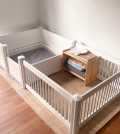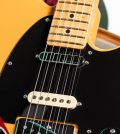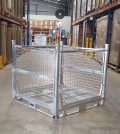Wiring for Success: The Crucial Role of Control Cables in Industrial Automation
With today’s businesses more reliant than ever on industrial automation, they’re aware that the stability of these systems rests on the integrity of their cabling networks. Stable power transmission and seamless data signalization aren’t just favourable attributes anymore, they’re essential requirements; and when a business’s cabling system can’t deliver both, the potential for lost productivity, equipment damage, and even personal injuries rises exponentially.
The fact is, even when semi-automated businesses need to assess performance indicators like machine cycle rates, throughputs, and operational uptime, the quality of their cabling networks also has to be considered. They have to be safe, low-resistance assemblies that are as cost-effective as they are rugged; that’s why if your automated system isn’t delivering the performance you need, now may be the right time to consider buying new control cabling.
Contents
Flexible Control Cable Solutions Make Modern Automation Possible
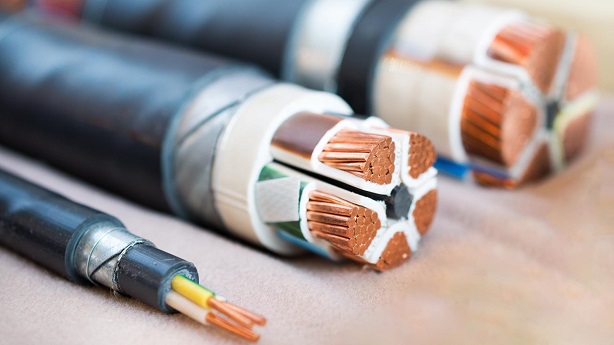
Let’s be honest: when it comes to powering and regulating the robotics and automated machinery that are commonly used in factories, mines, and a host of other industries, robust multi-core control cable solutions are crucial to ensuring that power and data demands are being met at all times. These highly flexible cables, capable of containing more than 50 cores, are built specifically for rugged, low-resistance transmissions where downtimes due to conductor or insulation failures can be both costly and dangerous. As businesses are keener than ever to integrate automatic applications into their workflow, the urgency for upgrading their existing electrical cable networks to operate with the newest automation protocols has to be a priority.
Unlike pure power-, or instrumentation-type cables, multi-core control-type power cables and cable chains are designed to withstand the repetitive flexing, bending, and twisting that are common with automated applications. Beginning with their special, low-adhesive polyurethane outer jackets and core insulations, these cables boast a wide range of installation-specific characteristics that include:
- Exceptional resistance to wear, abrasion, or other mechanical stresses;
- High resistance to oil or chemical exposure;
- Halogen-free flame resistance, with low smoke / toxic emission releases;
- Resistance to hydrolysis and microbes; and,
- UV, and high-temperature resistance to 80°C.
Make no mistake: from the ultra-sanitary environments found in food processing plants, to the extreme temperatures and exposure in mining operations, high-quality fixed plant and drag-style control cables from companies like Helukabel, Igus, and Lapp are built for the precision and rigours of Australian industries. You only have to look at the range of technical abilities that these cables have to understand just how important they are for modern automation.
Control Cable Configurations for All Types of Automated Processes
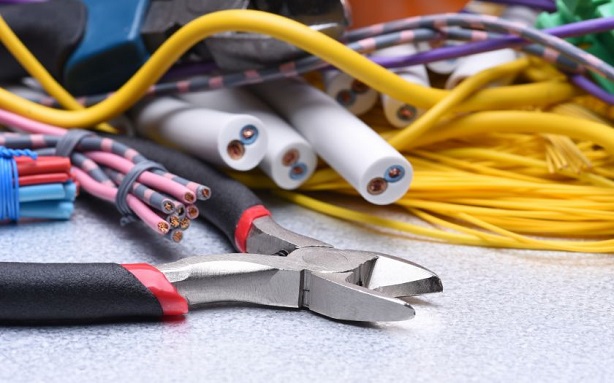
Regardless of whether they’re integrated with motion, or non-motion-rated systems, the capabilities of control and instrumentation cables go beyond simply carrying electrical currents. Their data-transiting capacity is crucial for the activation and continuous operation of all types of sensors, circuit breakers, and control switches, and they’re typically configured for process solutions that require:
- Power cables. First introduced in 1959, control-type power cable solutions like Lapp’s 500V nominal Olflex® Classic 110 are the standard for flexible, oil-resistant cables for the widest range of automated industries.
- Instrumentation and data cables. Low-power data solutions like the Dataflamm®-C from Helukabel Cables are designed specifically for fault-free signalization across the largest number of cores.
- CAN bus cables. Flexible Controller Area Network (CAN) bus cables like the Unitronic® line from Lapp Cables allow signalization to be distributed to multiple electronic devices over a single conductor.
- Robotic cables. Robotic systems require high-wear, highly flexible solutions like Igus Chainflex® cables that are capable of reliably delivering nominal voltages up to 1500V for more than 5 million bending and twisting cycles.
- Servo cables. Shielded, multi-core servo industrial cables like Igus’s Chainflex 270 are capable of handling nominal voltages up to 1000V, and are primarily used for machines and machine tools that are exposed to the elements.
Most importantly, however, the lightweight and flexibility of control-type cables make it possible for businesses to do away with dangerous multi-run single-core cable configurations, especially if they’re upgrading an existing control network. These networks require stability to operate correctly, and the built-in capacity of control-type cables to regulate multiple connections from within a single sheathed cable assembly is crucial to eliminating the failure hazards that pose the highest risk to reliability and consistent performance.
Correct Cabling is the Key to Avoiding Control Cable Failures
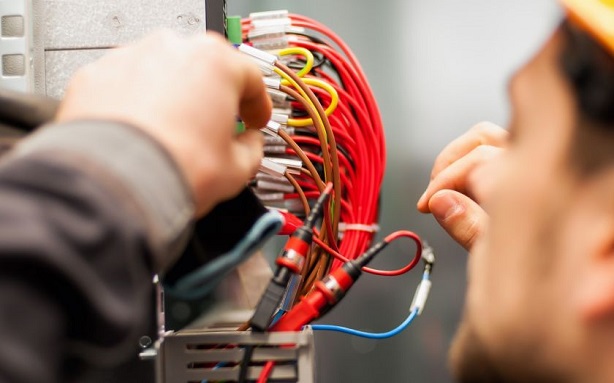
System failures due to insufficiently rated cables, or incorrect control and instrument cable acquisitions are more than just a risk to productivity. Costly equipment damages, system-wide failures, and even secondary hazards from fire or electrocution can also occur; that’s why businesses need to be sure that their control processes are being integrated with the most durable, and best-protected fire-rated cables available.
Control-type electrical cables that are exhibiting signs of premature wear or notching need to be replaced quickly, as these could lead to system-wide problems such as:
- Lost connectivity. Not only would a notched, or visibly abraded cable sheath lack the mechanical strength to support its own tensile load, but it can also easily conceal a damaged or severed conductor.
- Insulation damage. Unlike single-core cables, excess abrasion to a control-type cable can potentially damage the insulation on more than 50 cable cores, introducing a myriad of unanticipated control problems and hazards.
- Shielding problems. EMI interference is an enemy for every industrial cable, but broken shielding within a worn control-type cable can lead to destructive and potentially dangerous temperature increases.
In short, businesses need to ensure that their control networks are equipped with the correct system cables for their application, and adequately protected by properly fitting flexible conduits. It’s the best way to ensure that every process is capable of performing as engineered.
The Final Word
At the end of the day, with all the advantages that business and industrial automation have to offer, entrusting these complex processes to substandard cabling is a mistake you want to avoid. Stability and reliability are the basis of effective automation, and your cabling has to reflect that.
It takes robust, multi-core control cable assemblies to deliver the power and signalization that today’s automated control systems need to perform; and if your business isn’t currently utilizing the highest quality control and instrument cables, you’re processes aren’t running as well as they could be.

